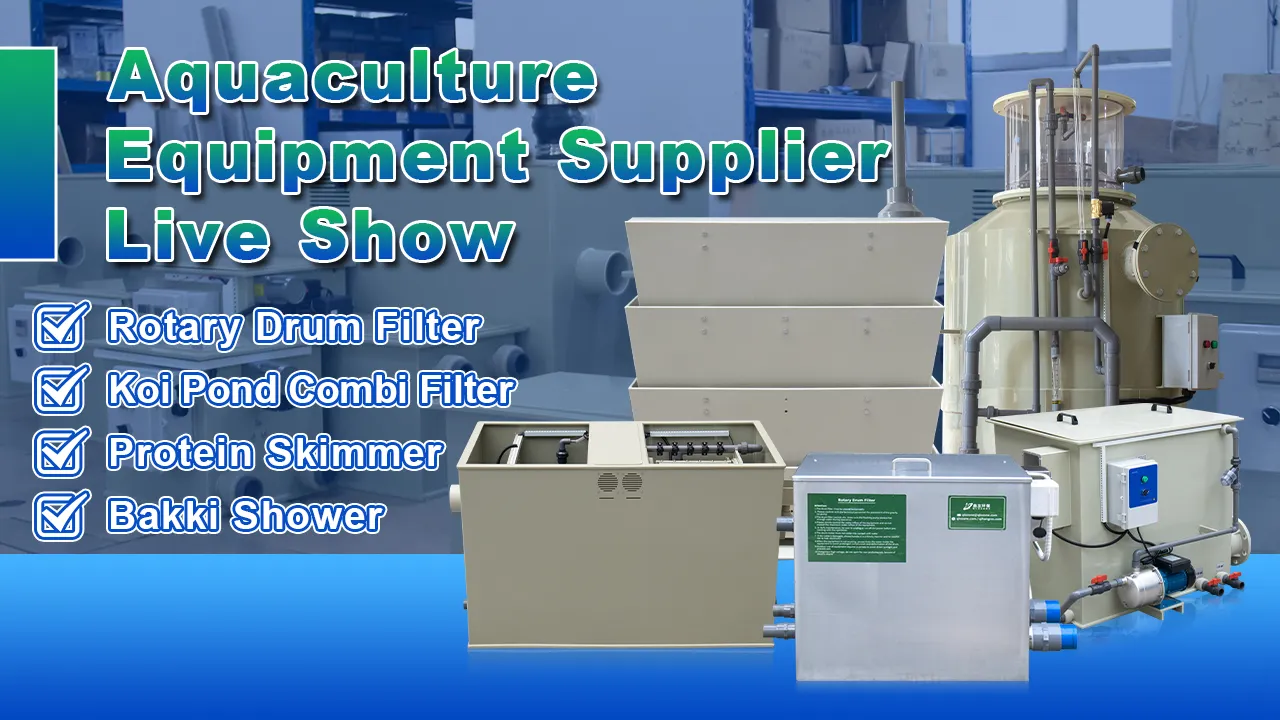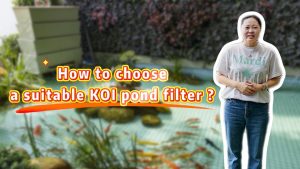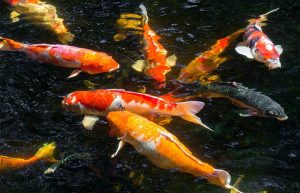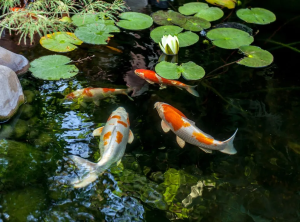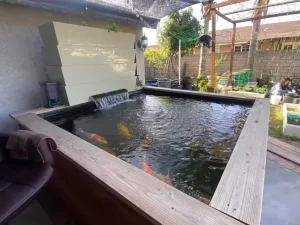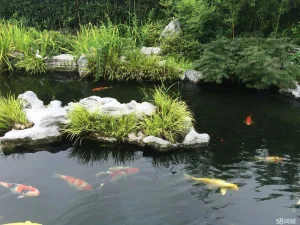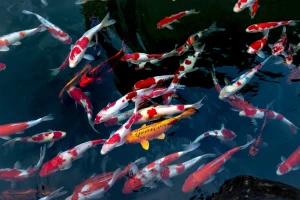
“Why are experts obsessed with raising fish in green water when you can’t even see koi in the dark green water?” I believe many people have had such doubts.
Many fish enthusiasts also joked that it is best to have green algae in the fish pond, as this green water can enhance the color of koi carp. At the same time, they can also purify water quality by absorbing harmful substances such as ammonia nitrogen decomposed from fish excrement; Some people also say that green water can oxidize water quality… It seems that green water is beneficial for fish growth, but can you be sure that green algae are really good for fish? Are there any drawbacks to raising fish in green water? They didn’t say it!
Let’s first say: What is green water? What are the reasons for the green water in fish ponds? What is green algae?
1.What is green water?
Green water refers to water bodies with high levels of green algae and microorganisms.
When there is sufficient sunlight and there are more nutrients in the water, it is commonly known as eutrophication of the water body. In this case, the spores of green algae begin to multiply in large numbers. When a certain amount is reached, the water quality begins to show a tender green state. Combined with the eutrophication of the water, some microorganisms have also hatched, making the water green and lively, as if giving the koi pond a wave of emerald green.

2.What are the reasons for the green water in fish ponds?
Greening of fish pond water is one of the common problems we encounter, often resulting in sudden outbreaks that affect the viewing experience. The accelerated reproduction of green algae under photosynthesis is the direct reason for the greening of fish pond water.
The main reason for the production of green algae is the severe eutrophication of water in the koi pond. For example, the nutrients (such as phosphorus, nitrogen, and other fertilizers) or various minerals in the pond water are deposited in large quantities and for a long time in the fish pond. Coupled with sufficient sunlight, it promotes the photosynthesis of green algae and absorbs the rich nutrients in the water, leading to a large-scale reproduction. That is to say, the ponds that are prone to growing green algae contain a large amount of dissolved fertilizer.

In fish ponds, a large amount of nutrients that promote the proliferation of green algae are deposited. The most significant reason is the lack of a strong fish pond filtration system or incomplete filtration in koi ponds. The excrement, feed, or various microorganisms in the water of fish cannot be filtered out in a timely manner, and harmful substances such as ammonia and nitrogen produced are not decomposed and transformed, providing favorable conditions for the reproduction of green algae.

Green water contains a large amount of algae, which are single celled planktonic algae rather than moss attached to stones like fur. These algae are easy to cultivate outdoors, as long as there is sufficient sunlight and ammonia provided by fish feces as their food source.
3.What is green algae?
Green algae is a single celled microalgae belonging to the family Chlorellaceae and the genus Chlorella, hence its correct scientific name is Chlorella. It is rich in chlorophyll and therefore appears green.

Chlorella (commonly known as green algae) is a species that has been thriving on Earth for 540 million years. They live in fresh water, relying on sufficient sunlight, water, and carbon dioxide, with the vigorous reproductive ability to divide into four cells every 20 hours, continuously converting solar energy into algae bodies containing various nutrients, and releasing a large amount of oxygen during the proliferation process; And its photosynthetic capacity is more than 10 times higher than other plants.
The fish pond has just been filled with water, and the color change process of the water is roughly: clear and transparent – turbid milky white – slightly green – tender green – deep green. This process lasted for about two weeks and then stabilized, with both the color and the number of green algae tending towards a stable state and no longer changing.

Is it really good to raise green aquatic fish?
The advantages and disadvantages of fish farming in green water:
The impact of algae on the entire system of koi ponds has both advantages and disadvantages, strictly speaking, the advantages outweigh the disadvantages. The analysis is as follows:
Advantages:
Algae in fish ponds are also a type of plant, similar in function to aquatic plants. Their growth requires sufficient absorption of nutrients, and nitrogen is one of the most important nutrients. And what we often refer to as harmful substances to koi in fish ponds that dissolve in water and are invisible to the naked eye contain nitrogen, so they are one of the targets for algae to absorb. In other words, algae can help reduce harmful substances to koi in water, thereby purifying water quality.
In addition, when algae engage in photosynthesis during the day, they release oxygen, which increases the amount of dissolved oxygen in the water.

Disadvantages:
When the weather is clear, phytoplankton produce more oxygen through photosynthesis than through respiration, and the concentration of dissolved oxygen in water increases. However, after the sun sets, the situation is completely different when there is no sunlight. Plant borne plankton cannot engage in photosynthesis at night and cannot produce oxygen, while respiration actually consumes oxygen. Therefore, the amount of dissolved oxygen in water will sharply decrease.
At dawn, the dissolved oxygen in the water drops to its lowest level, which means that fish ponds with a large amount of green algae are in a state of hypoxia every night. Moreover, extremely low oxygen concentration can seriously affect the operation of the nitrification system in biochemical filtration, greatly reducing the filtration efficiency.

In fact, the biggest drawback should be that it affects the whole koi pond’s aesthetics. Some people add that adding an algaecide will just kill them off! Be aware that dead green algae can rot and cause water quality to deteriorate. The dead green algae should be fished out and the water changed. This is also tedious, so you should consider how to inhibit the growth of green algae as the best strategy.

In addition to establishing a comprehensive fish pond filtration system, attention should be paid to the intensity and duration of light, while reducing the source of organic matter. A powerful sterilization system can destroy biological DNA to eliminate single-cell Chlorella in water. Generally speaking, green water can disappear in about 3 days, and the slowest time will not exceed 10 days.
The main limitation on the growth of Chlorella vulgaris is the ratio between nitrogen and phosphorus. When their ratio reaches 7.1 to 3.0, Chlorella vulgaris grows the fastest. Generally, the phosphorus content in our fish ponds is not high, so even if the nitrogen ratio is high and the water is fertilized with green water, it will not occur.

If you want the water quality of the koi pond to be clearer and achieve a pleasing visual effect, you can consult us at any time, and we can provide you with a series of professional solutions.

